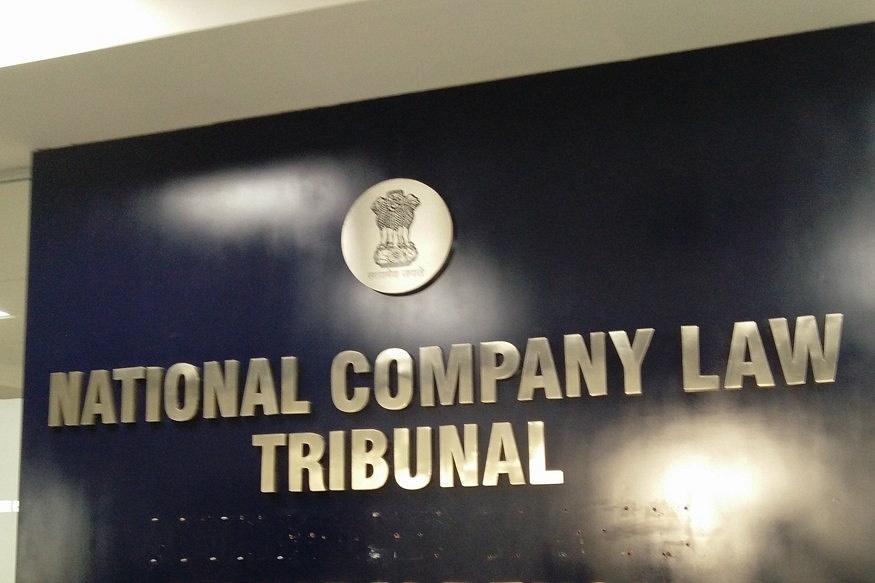Economy
Between IBC And Sashakt, Bank Bad Loan Resolution Will Speed Up In Next Two Quarters
- It may have come a bit late in the Modi government’s tenure, but the acceleration in bank loan resolutions this year may well amount to one of the greatest achievements of this government.

The National Company Law Tribunal office.
News on bad loan recoveries seems to be getting better. In the first quarter of 2018-19 (April-June), public sectors banks (PSBs) recovered a massive Rs 39,200 crore, much higher than recoveries in the previous two years put together (Rs 15,400 crore and Rs 23,500 crore last year and the year before).
While a lot of this recovery is due to the resolution of the massive Bhushan Steel bad loan, significant chunks have come in from banks aggressively pursuing recoveries outside the Insolvency and Bankruptcy Code (IBC) process, including one-time settlements and sale of bad loans to asset reconstruction companies. With Bhushan Power, Binani Cement, Essar Steel and other big ticket loans now heading for some form of resolution in the coming weeks or months at the National Company Law Tribunal (NCLT), the chances are the trend will be maintained in the current quarter.
By next week, an alternative route for bad loan resolution will also be in place, with banks set to agree to the Sunil Mehta panel recommendations on Project Sashakt. Most banks have already agreed to a new inter-creditor agreement (ICA) on dealing with bad loans, a key element of which is that the largest lender to a project will get more powers, and resolution plans can be approved by two-thirds of the lenders. Lenders who don’t like the resolution plan will have the option of selling their share of the loans at a 15 per cent discount to the lower of two figures: liquidation value or resolution value.
By late July, more than 32 banks and financial institutions had signed the ICA, guidelines for which will be finally put out by next week. Only a very few private banks seem reluctant to join the bandwagon.
With the ICA, banks, which are saddled with over Rs 10 lakh crore of bad loans, will now have two avenues to address the issue of resolution: one is, of course, the NCLT bankruptcy proceedings, where two lots of loans worth around Rs 5 lakh crore (half the total) are already at various stages of resolution; the other is the Sashakt process of ICA, which can attempt a clean-up internally among banks based on the Mehta roadmap and guidelines.
If, between the two parallel processes, NCLT and ICA, banks are able to make recoveries amounting to 30-40 per cent of the loans, it will mean huge inflows of nearly Rs 3-4 lakh crore. NCLT resolutions, if they yield, say, even 25-30 per cent recoveries, will themselves add up to nearly Rs 1 lakh crore in the coming two quarters.
While no one can predict the level of “haircuts” banks will ultimately have to take in these two processes, the big gain is not just the money, but a paradigm shift in responsibility.
None of this means that public sector banks are now out of the woods, nor does it mean that there is no need for privatising most of them, but at the very least taxpayer assets are now being managed with greater responsibility than ever before.
It may have come a bit late in the Modi government’s tenure, but the acceleration in bank loan resolutions this year may well amount to one of the greatest achievements of this government. Cronyism is being shown the way out, and bankers are being shown the way towards greater accountability.
Introducing ElectionsHQ + 50 Ground Reports Project
The 2024 elections might seem easy to guess, but there are some important questions that shouldn't be missed.
Do freebies still sway voters? Do people prioritise infrastructure when voting? How will Punjab vote?
The answers to these questions provide great insights into where we, as a country, are headed in the years to come.
Swarajya is starting a project with an aim to do 50 solid ground stories and a smart commentary service on WhatsApp, a one-of-a-kind. We'd love your support during this election season.
Click below to contribute.
Latest